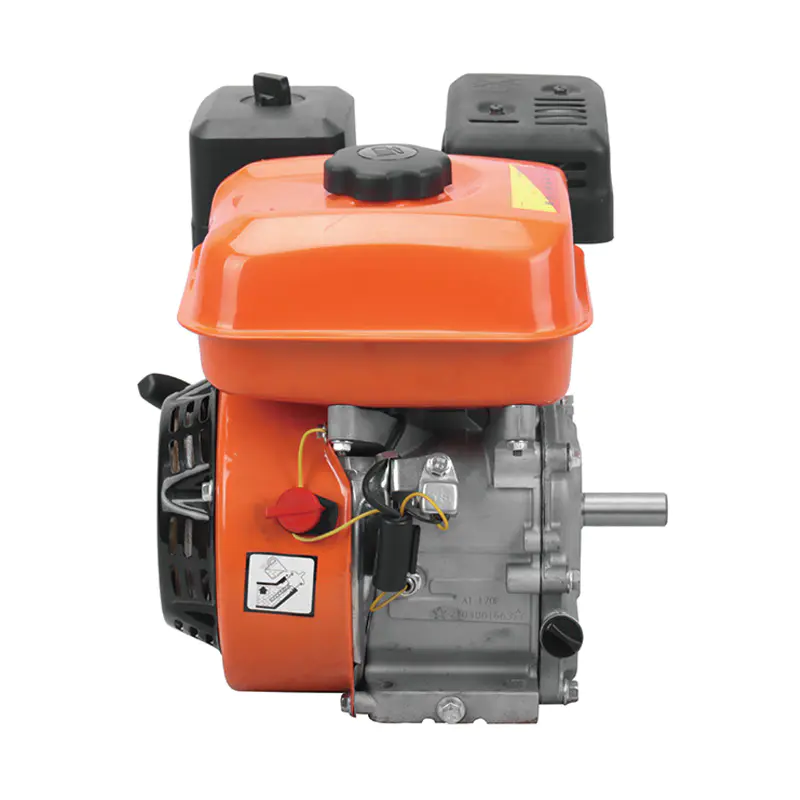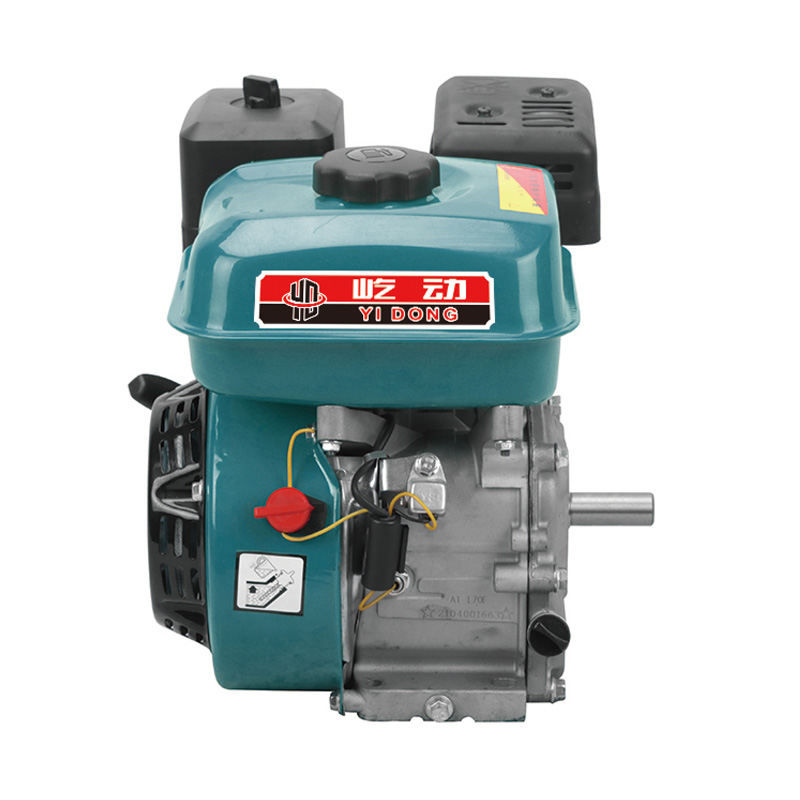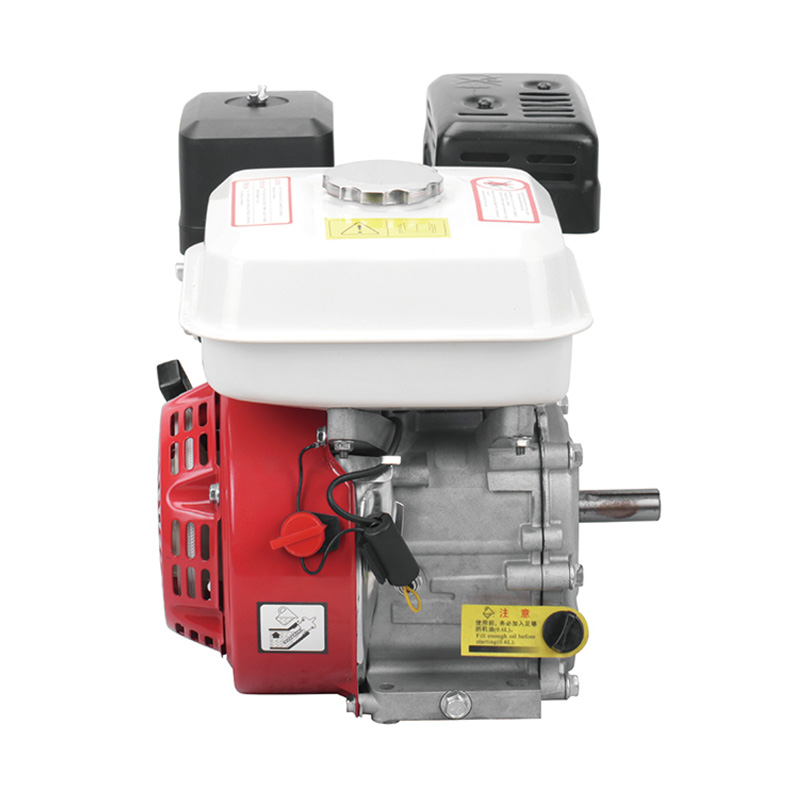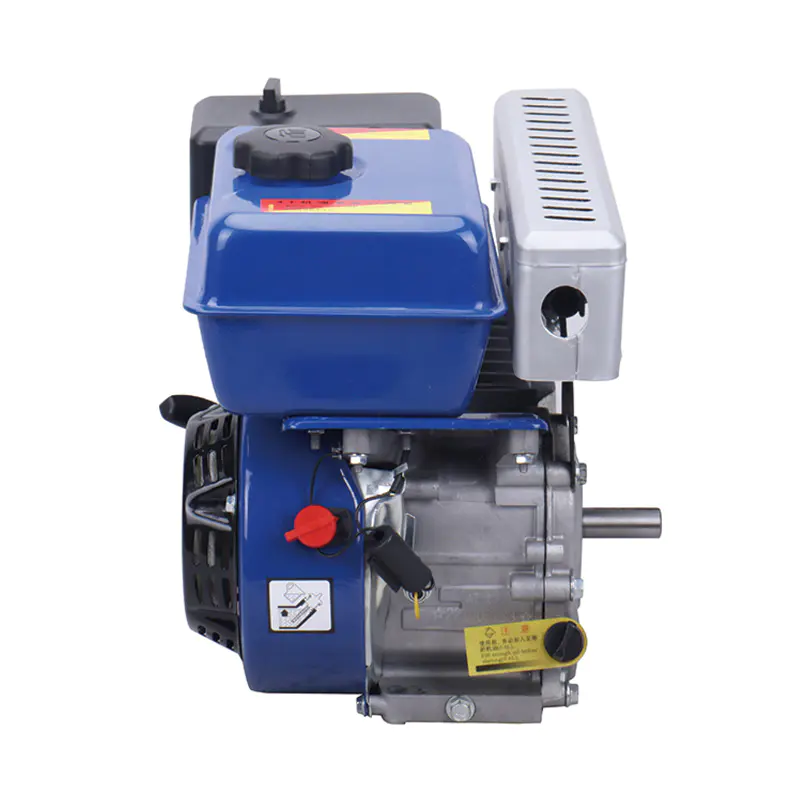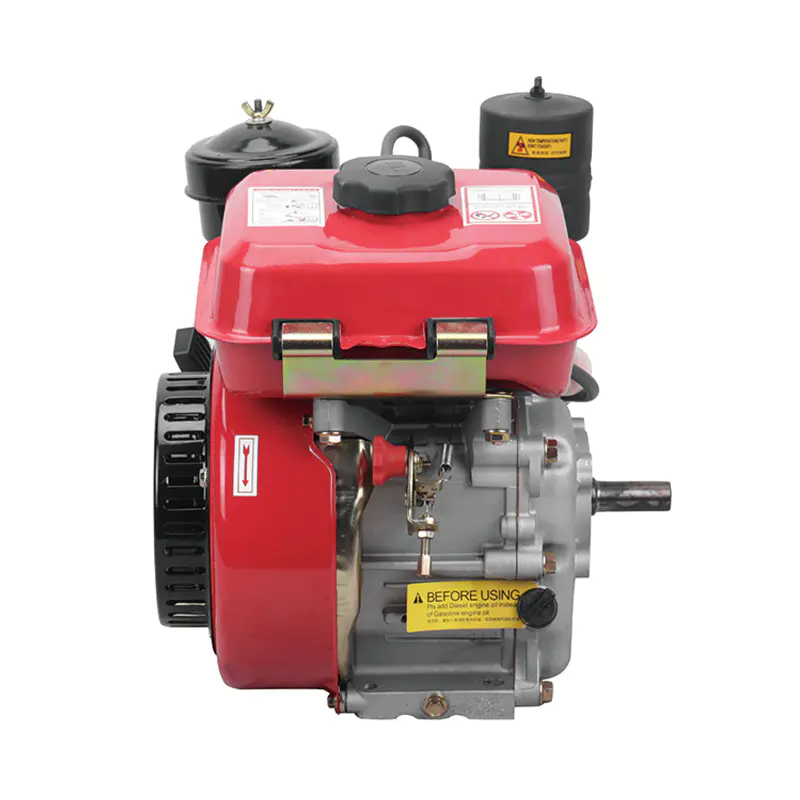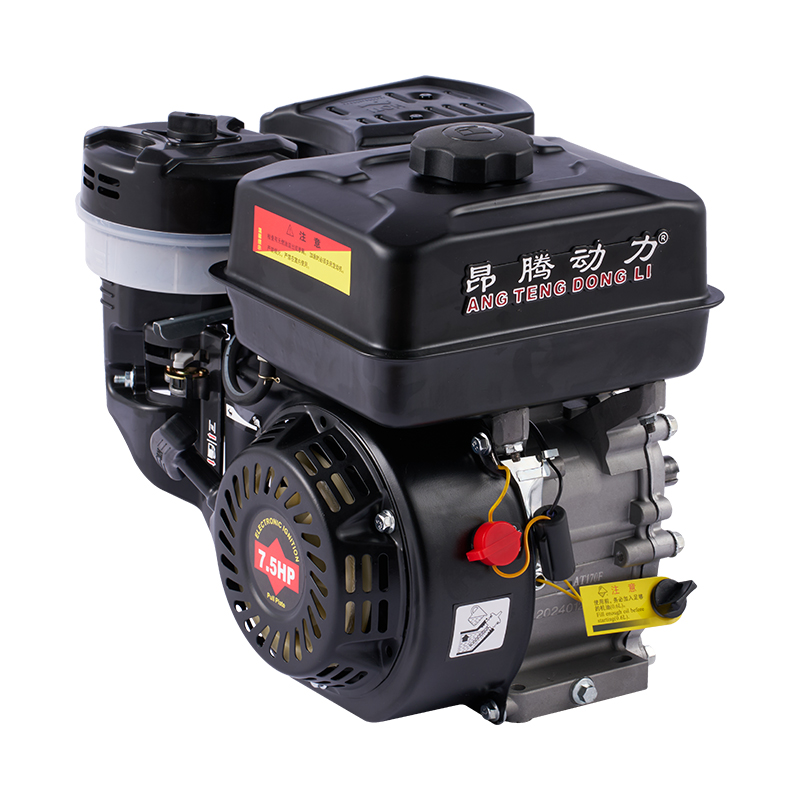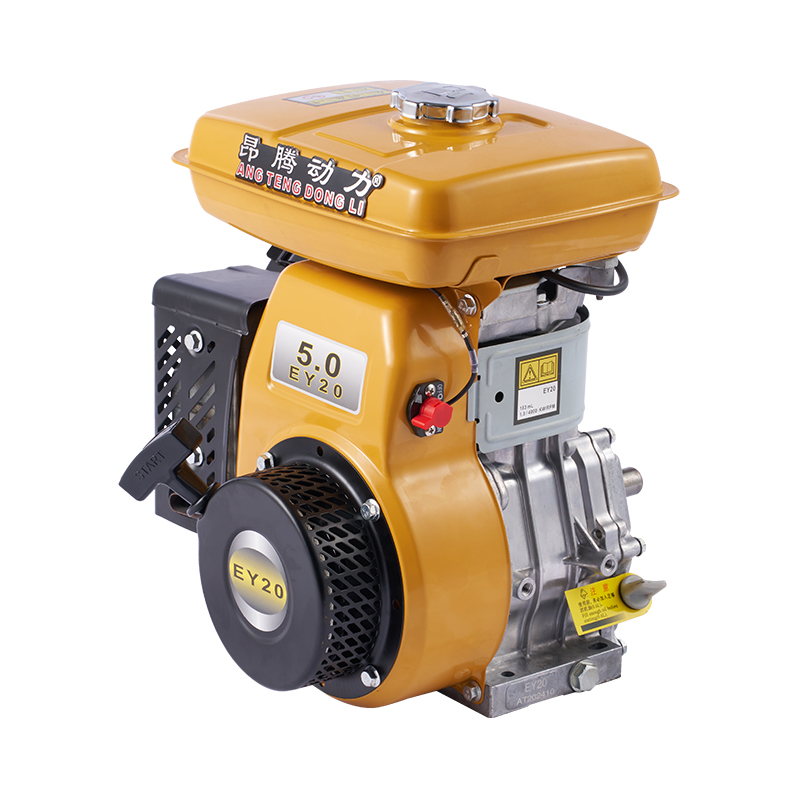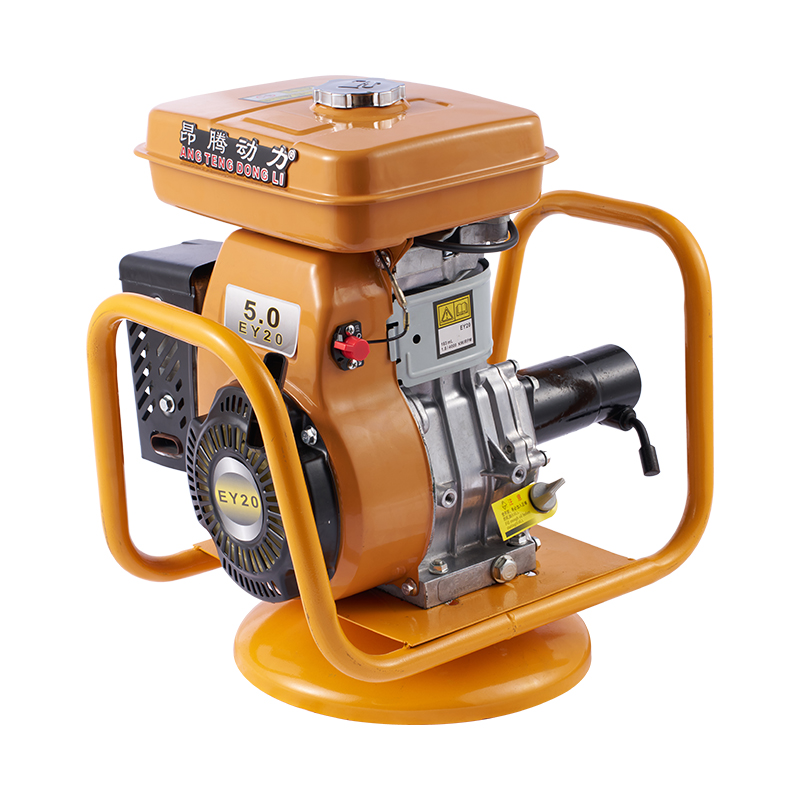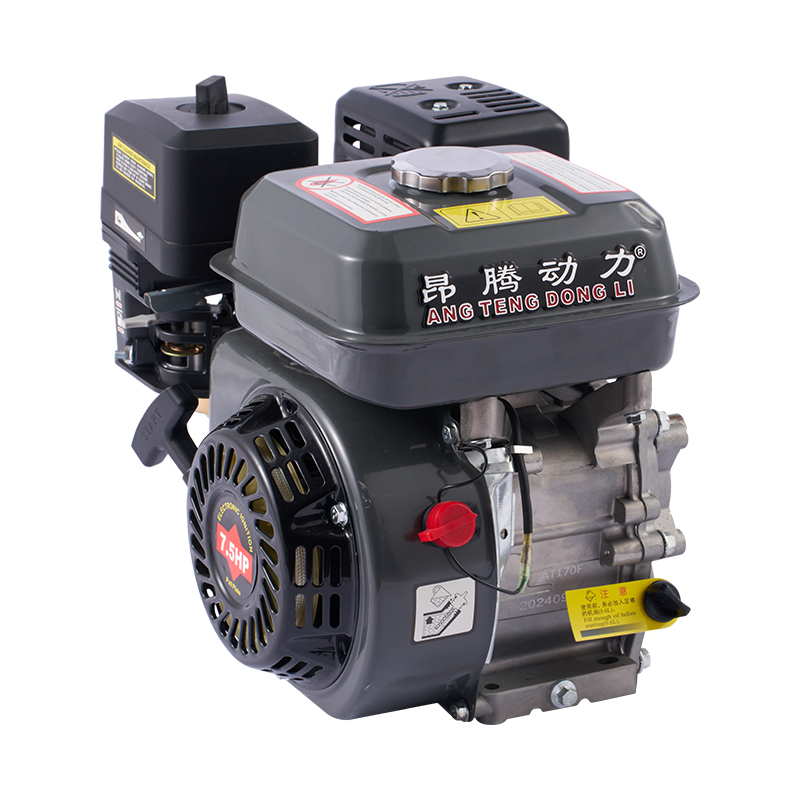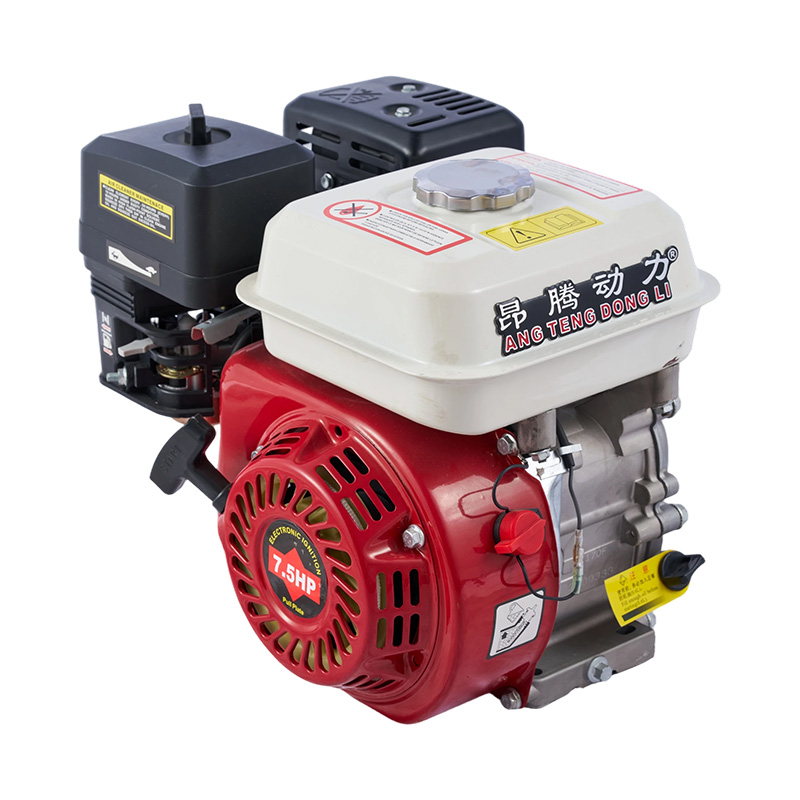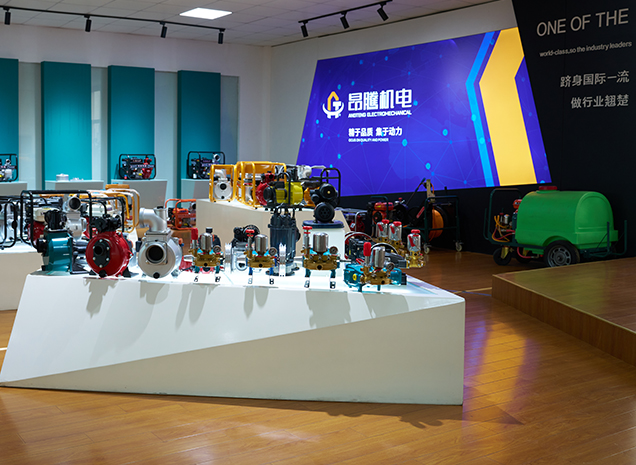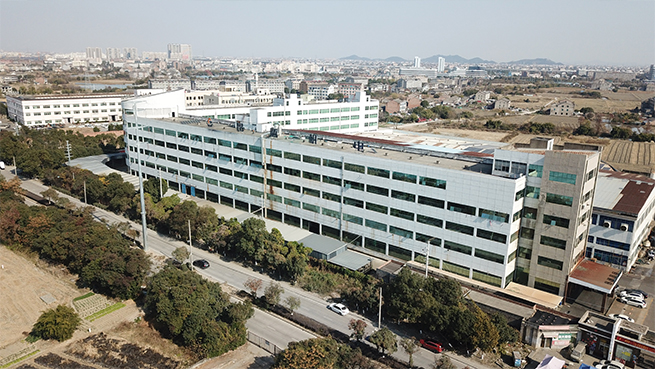What is the Service Life of a Gasoline Engine?
When considering the service life of a gasoline engine, it's important to understand that this can vary greatly depending on several factors. The service life of a gasoline engine is influenced by its design, the materials used in its construction, how it's maintained, and the conditions under which it operates. Let's explore these factors to get a clearer picture of what the service life of a gasoline engine entails.
Design and Construction
Gasoline engines are designed with different specifications, which can affect their longevity. Engines with higher quality components and those that are built to withstand more stress will generally have a longer service life. The materials used, such as aluminum or cast iron for the block, also play a significant role in determining how long an engine will last.
Maintenance
Proper maintenance is crucial for extending the service life of any engine. Regular oil changes, timely replacement of filters, and keeping the engine clean are all part of routine maintenance that can significantly impact an engine's lifespan. Neglecting these maintenance tasks can a shorter service life.
Operating Conditions
The conditions under which a gasoline engine operates also have a big impact on its service life. Engines that are constantly pushed to their limits, such as those in high-performance vehicles, may have a shorter service life compared to those in everyday commuter cars. Additionally, engines that operate in temperatures or dusty environments may experience more wear and tear.
The service life of a gasoline engine is a complex subject that depends on a variety of factors. While it's difficult to provide a specific number without knowing the exact context, it's safe to say that with proper care and under average operating conditions, modern gasoline engines can last well over 100,000 miles, and some even reach over 200,000 miles.
What Does Gasoline Drive Power Include?
Gasoline-driven power refers to systems that use an internal combustion engine fueled by gasoline to generate mechanical energy. This energy is then used directly to propel a vehicle or is converted into electrical power. The core of the system is the gasoline engine, which operates on the Otto cycle, where the ignition of a compressed fuel-air mixture by a spark plug creates the force that drives the pistons and turns the crankshaft. This technology is prized for its high power-to-weight ratio, instant power delivery, and the widespread availability of fuel and service infrastructure. The following table breaks down the primary applications and components of gasoline-driven power.
|
Category |
Description |
Common Examples |
|
Direct Mechanical Drive |
The engine's rotational power is transmitted directly to a mechanism to perform work, often through a transmission system, drive shafts, belts, or gears. |
Automotive Vehicles: Cars, motorcycles, light trucks. |
|
Electrical Power Generation |
The engine is used to spin a rotor within an alternator, converting mechanical energy into electrical energy. This provides portable or standby AC power. |
Portable Generators: For recreational, construction, or emergency home use. |
|
Marine Propulsion |
A marine-adapted gasoline engine powers a propeller or water jet to move a vessel through water. These systems include specific cooling and exhaust components. |
Outboard Motors: Self-contained units mounted on the transom of small to medium boats. |
|
Pump & Hydraulic Systems |
The engine's output is used to drive a pump, which can move water directly or create hydraulic pressure to operate other tools and attachments. |
Water Pumps: For irrigation, dewatering sites, and agricultural use. |
Gasoline drive power is a versatile and widely adopted technology that provides motive force for transportation and portable, on-demand mechanical or electrical power for a vast array of tools, equipment, and recreational applications.
What Benefits Does a Small Petrol Engine Bring to Users?
Small petrol engines, often found in lawn mowers, generators, and other small machinery, offer several benefits to users. These engines are compact, efficient, and reliable, making them a popular choice for a variety of applications. Here are some of the benefits that small petrol engines provide:
1. Portability: Small petrol engines are lightweight and easy to transport, making them ideal for use in various settings.
2. Versatility: These engines can be used in a wide range of applications, from powering tools to providing backup power during outages.
3. Fuel Availability: Gasoline is widely available, making refueling small petrol engines convenient.
4. Reliability: Well-maintained small petrol engines are known for their reliability and durability.
5. Power Output: Despite their size, these engines can produce a significant amount of power, making them suitable for many tasks.
6. Low Initial Cost: Small petrol engines are often more affordable than larger alternatives, making them an attractive option for budget-conscious consumers.
7. Ease of Maintenance: Maintenance for small petrol engines is generally straightforward, requiring less specialized knowledge compared to larger, more complex engines.
8. Environmental Impact: While not as eco-friendly as some alternative power sources, advances in technology have improved the efficiency and reduced the emissions of small petrol engines.



 English
English русский
русский Français
Français Español
Español عربى
عربى